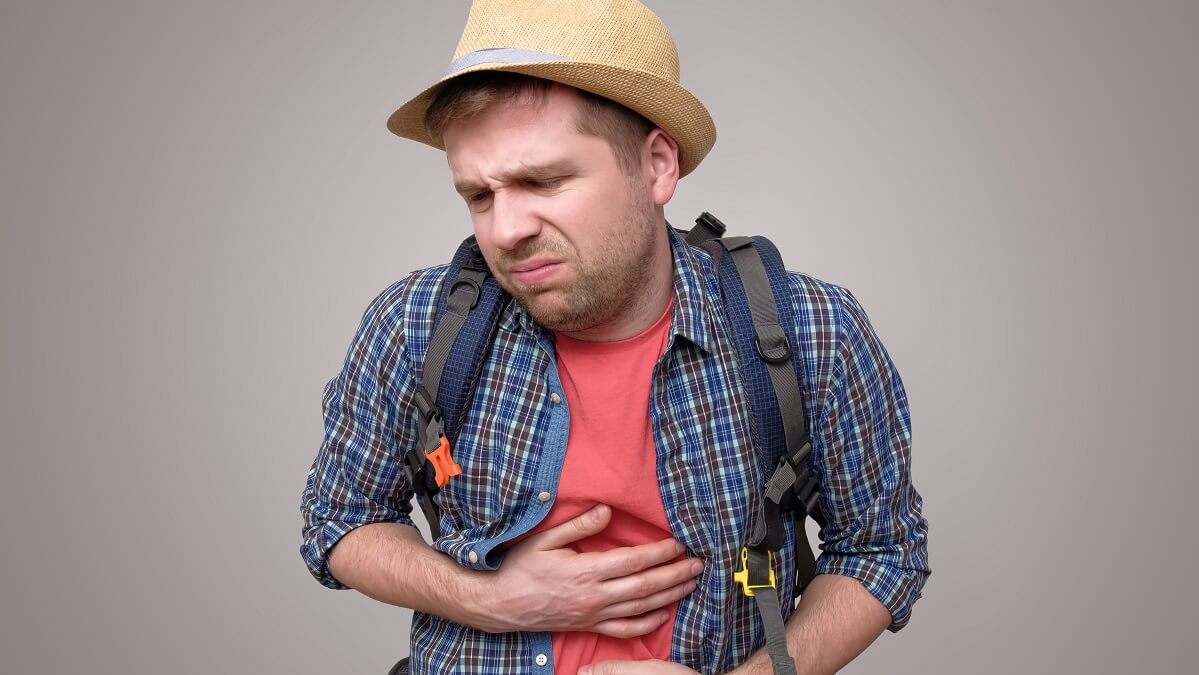Call it what you want, Bali belly, Delhi belly, Montezuma’s revenge, or the Rangoon runs, but traveller’s diarrhoea is at the very least a mood killer and the very worst can land you in hospital.
The good news is, it will probably clear your system in a couple of days. The bad news is, it is entirely possible to get more than one dose per holiday and it may even hit once your holiday is finished.
What causes it?
Travellers’ diarrhoea is caused by drinking or eating contaminated food or water, and if you are wondering why the population of your destination are not constantly on the toilet, well they have probably acquired immunity.
It can be caused by bacterial infection, parasites, viruses and, according to Better Health, there is no known cause for about one-fifth to half of all cases. In its official explanation it could be the gastrointestinal system’s response to unfamiliar micro-organisms. In layman’s terms, your tummy does not like new, weird stuff.
Better Health recommends avoiding:
- raw and peeled fruits and vegetables
- green leafy vegetables such as spinach and lettuce
- raw, rare or undercooked meats of any kind
- seafood, particularly raw or inadequately cooked shellfish or fish
- sauces and mayonnaises
- unpasteurised dairy foods, including milk
- food from street vendors
- any hot food that has been left long enough to cool
- food buffets.
Which sounds like everything you would eat on holiday.
But it’s not just food, contaminants could also be in the water. If you are concerned about the water supply you should only drink bottled water, boil tap water for at least five minutes before drinking it, avoid drinks with ice, avoid using tap water to wash your fruit and veg and use bottled water when brushing your teeth.
And if you are thinking of drowning any contaminants in alcohol, think again. Alcohol can undermine your gut function, which you are going to need if you ingest something dodgy.
Prevention is better than a cure
It’s also essential to check the vaccination schedule for your destination. Most stomach bugs will clear up by themselves, but sometimes it can be something more serious such as typhoid. Following the government recommendations may save your health and your wallet.
While all these actions will help you avoid the dreaded trots, it’s often the simple things that are the most effective. Always thoroughly wash your hands with soap, and if that’s not possible, use hand sanitiser. Make sure your hands are dry after washing before touching food and always make sure dishes, cups and utensils are completely dry after they are washed.
So you have done all the right things, but have still come down with a dose. What do you do?
First of all try to replace your fluids with water as well as rehydration drinks, take antibiotics if you think it’s a bacterial infection, take anti-nausea drugs, and avoid alcohol, dairy and spicy foods.
The natural instinct is to take anti-diarrhoea drugs, but that’s not always a good idea. If you have a high fever, it’s probably a bacterial infection and it’s better to release the beast so to speak, than retain the infection and its poisons in your body.
When to get help
Most cases will clear up in a few days, but if it hasn’t or doesn’t appear to be improving after the second day, there is blood in your stools or you have severe pain, it’s time to see a doctor.
Don’t be like my friend who didn’t want to make a fuss on her honeymoon and ended up being airlifted back to Australia.
Not surprisingly, you are more at risk in countries where sanitation and hygiene standards are poor, such as developing nations in Asia, Africa, Latin America and the Middle East. It tends to be more common in the younger population, probably because they often travel to cheaper countries and travel in ways that increase their exposure, such as backpacking or sharing accommodation with strangers such a hostel.
Have you had diarrhoea while travelling? What did you do to clear it up? Why not share your experience in the comments section below?
Also read: How to get more leg room

